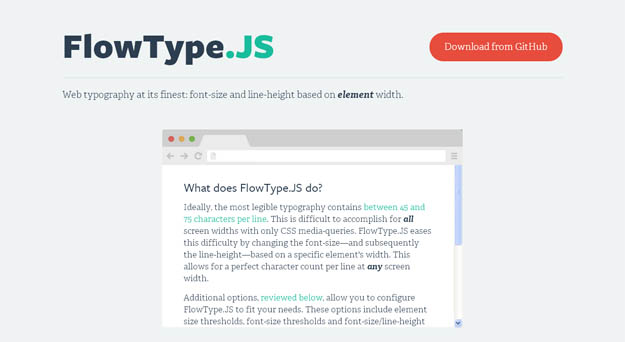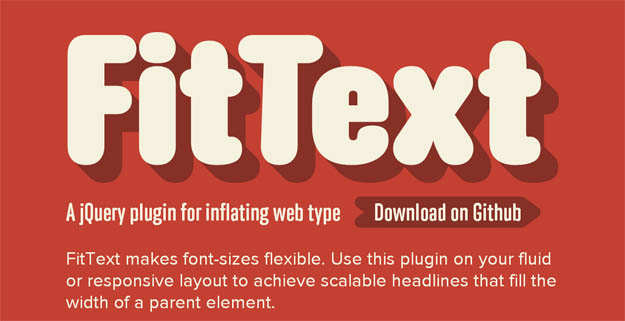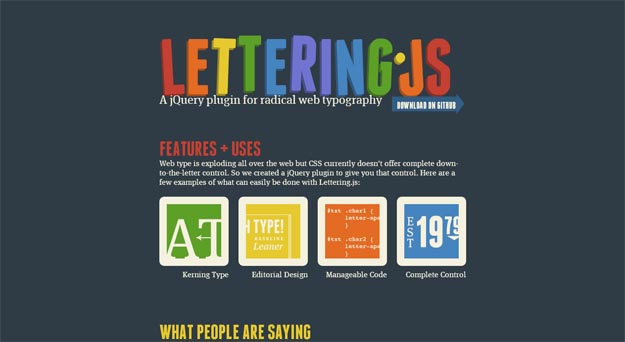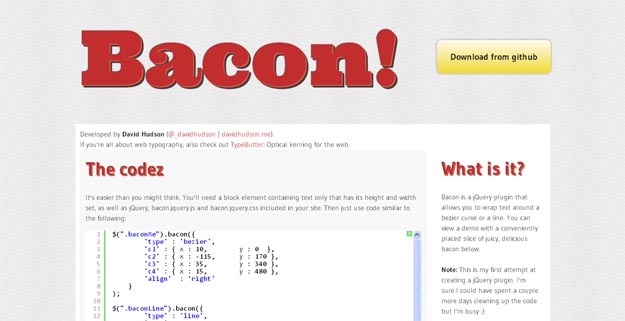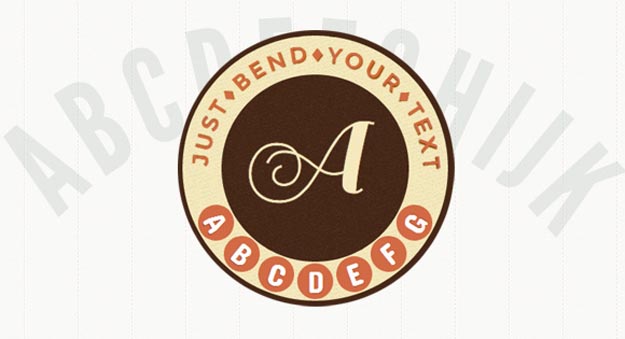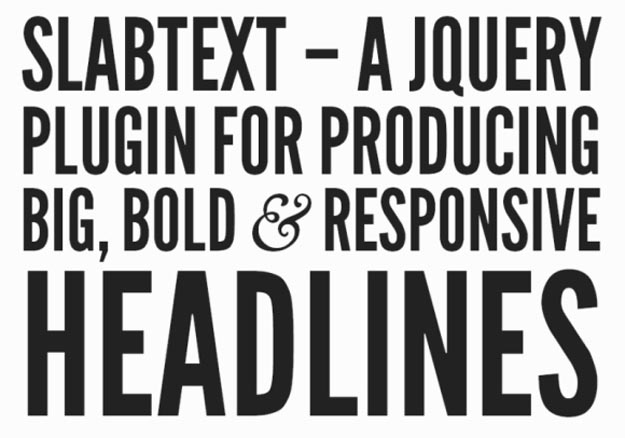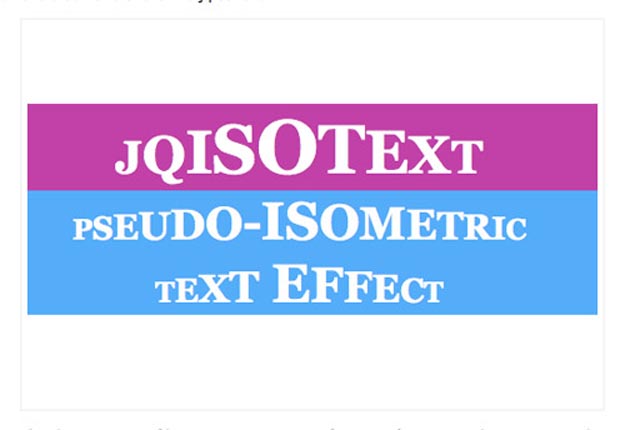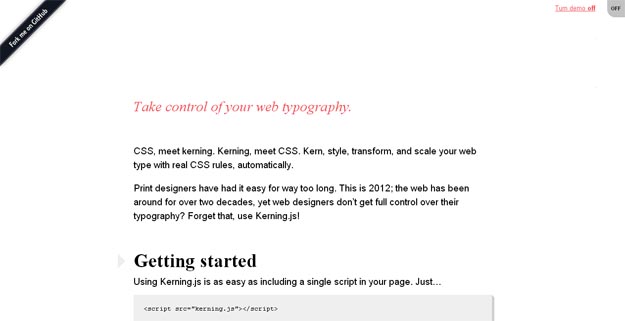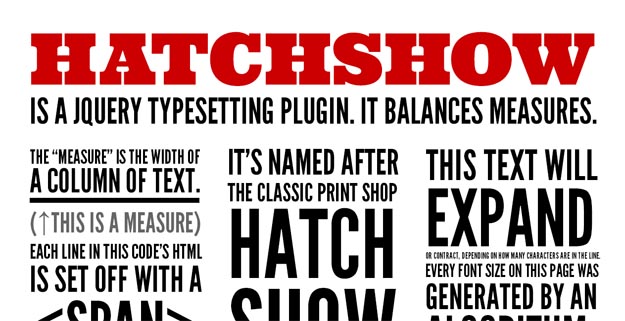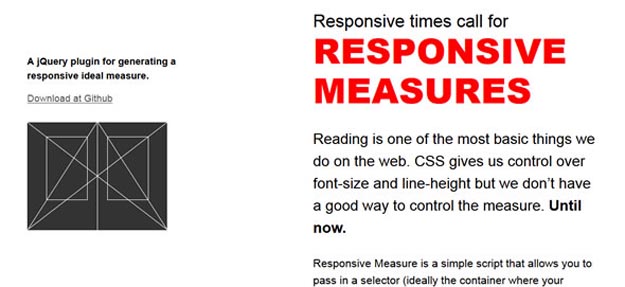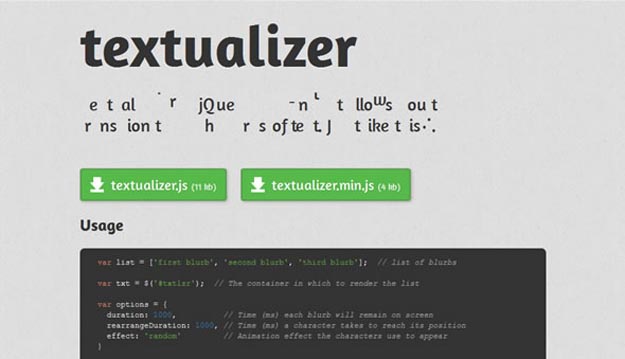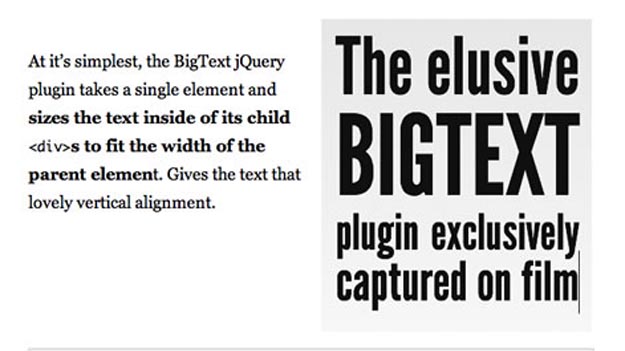Best Collection of Useful CSS Tools for Developers
Layouts
- CSS Layout GeneratorThis generator will create a fluid or fixed width floated column layout, with up to 3 columns and with header and footer. Values can be specified in either pixels, ems or percentages.
- Grid DesignerGenerates fixed and scalable grid layouts along with basic reset and typography.
- Layout GeneratorsGenerate multi-column and grid layouts with CSS techniques using %, px, or em.
CSS Frameworks
- BoksBoks is an Visual Editor for Blueprint CSS Framework; It allows you visually setup a grid and baseline rhythm, build and fill your layout and export all this to HTML and CSS. Boks is an Adobe AIR application, which means it will works on Windows, Mac and Linux.
- Useful Tools & Resources For Blueprint CSS Framework
- YAML BuilderYAML Builder is an online tool for visually creating YAML-based CSS layouts.
- YUI CSS Grid Builder
- 960 Grid System – Variable Grid SystemBased on the 960 Grid System; the variable grid system is a quick way to generate an underlying CSS grid for your site.
- Grid System GeneratorThe grid system generator will create fixed grid systems based on 960 Grid System in valid css / xhtml for rapid prototyping, development and production environments.
- Definitive List of CSS Frameworks
Fonts
- TypetesterThe Typetester is an online application for comparison of the fonts for the screen.
- @font-face GeneratorEasy to use CSS3 @font-face generator from Font Squirrel.
- CSS Type Set
- TypeChartLets you flip through, preview and compare web typography while retrieving the CSS
- CSS-Typoset Matrix and Code Generator
- CSStxtTool for generating CSS for web typography.
- EM Calculator AIR ApplicationCalculator for Vertical Rhythm in XHTML & CSS; easily convert px to em based on base font-size and line-height; Padding and margins automatically calculated
- Em CalculatorEm Calculator is a small JavaScript tool which helps making scalable and accessible CSS design. It converts size in pixels to relative em units, which are based on a text size.
- PXtoEM
Colors
- CSS Color EditorCSS Color Editor allows you to replace the color scheme of your website without going through the entire CSS file. You choose your local CSS file, select new colors and then download the new CSS file with new color codes automatically replaced for you.
- Color Palette GeneratorUpload an image to generate a color palette based on the image’s primary colors. Useful for quickly grabbing a particular color within an image for inspiration.
- Color Contrast CheckThe Color Contrast Check Tool allows to specify a foreground and a background color and determine if they provide enough of a contrast “when viewed by someone having color deficits or when viewed on a black and white screen”.
- ColorZillaColorZilla is an extension for Firefox offering advanced eyedropper, color picker, palette viewer and other colorful goodies like: DOM color analyzer, full page zoom, firebug support, etc.
- HSL to RGB Converter
Sprites
- CSS Sprite GeneratorCreates single sprite image and generate the appropriate CSS for you.
- CSS Sprite – Online CSS Sprite Builder / GeneratorAn online tool to help web designers and web developers to build CSS Sprites. All you need to do is upload multiple files and it will generate sprite image and relted CSS and HTML for you.
- CSS Sprite GeneratorCSS Sprite Generator will combine the uploaded images into a single sprite and generate the CSS for you.
- YASC (Yet Another Sprite Creator)This tools is useful when all your sprite images have been created in a single file. The process is fairly straight forward: you upload this file, then visually select each individual item and specify its CSS id; once you have selected all your sprites you can generate all the required CSS with a single click.
- Nav-o-MaticGenerates navigation markup and CSS for your sprite.
- SmartSpritesSmartSprites is Java command line utility that will let you easily introduce and maintain CSS sprites in your designs. SmartSprites parses special directives you can insert into your original CSS to mark individual images to be turned into sprites. It then builds sprite images from the collected images and automatically inserts the required CSS properties into your style sheet, so that the sprites are used instead of the individual images.
Forms
- Accessible Form BuilderCreate accessible form with CSS or table layout, including all label elements simply by typing a list of fields that you need.
- WufooWufoo is an online service that allows anybody to easily build great looking online forms. You can use Wufoo as an easy way to create good-looking, valid CSS/XHTML form markup. It allows you to use your account to design and download the markup and CSS for FREE.
UI Components
- List-o-MaticCreate CSS-styled navigation blocks based on unordered list <li> items. Get your semantics on!
- CSS Menu GeneratorGenerates horizontal, vertical & dropdown CSS menus
- ThemeRollerThemeRoller allows you to design custom jQuery UI themes for tight integration in your projects.
Text Wrappers
- CSS Text WrapperGenerates HTML/CSS to wrap content to any shape
- The Box OfficeThe Box Office lets you wrap/float/contour text around freeform images using CSS for usage in HTML pages.
Analysis & Debugging
- W3C CSS Validation Service
- CSS AnalyzerCSS Analyzer checks the validity of your CSS against the W3C’s validation service, along with a color contrast test, and a test to ensure that relevant sizes are specified in relative units of measurement.
- FirebugOne of the post popular web developer tool – Firebug is a Firefox add-on that allows you to edit, debug, and monitor CSS, HTML, and JavaScript live in any web page. You can use Firebug Lite in IE, Opera, and Safari.
Convertors
- Primer CSSPrimer undercoats your CSS by pulling out all of your classes and id’s and placing them into a starter stylesheet.
- Automatic CSS Inliner ToolTool that will automatically transform all of your local styles into inline styles. Useful for styling email news letters.
- DrawterOnline tool that literally lets you draw your website’s code.
Maintenance
- Dust-Me SelectorsDust-Me Selectors is a Firefox extension that finds unused CSS selectors
- CssCleanerWindows desktop application that removes unused CSS Classes from your web application
- CSS Redundancy CheckerUse this tool to find CSS selectors that aren’t used by any of your HTML files and may be redundant.
- CSS SuperScrubThis tool can significantly reduce the size and complexity of your CSS by programmatically stripping unneeded content, stripping redundant calls, and intelligently grouping the remaining element names.
- HeliumJavaScript tool to scan your site and show unused CSS
Optimization
- CSS Drive CSS CompressorNormal mode allows you to choose from three levels of compression, depending on how legible you want the compressed CSS to be versus degree of compression. You can switch to Advanced mode for greater customization.
- Robson CSS CompressorA good CSS Compressor still in development.
- MinifyMe – AIR ApplicationAdobe AIR application that allows you pack multiple files together.
Formatting
- CSS SorterFree online tool for sorting CSS files. It organizes CSS rules alphabetically so that it will be easier for you to maintain your CSS files.
- CleanCSS – CSS Formatter and OptimizerThis tool comes with several options for formatting as well as optimization. It also provides ready made sets of options for various level of balances between optimization and readability. Important feature includes ability to automatically merged the same selectors and properties.
- StyleneatIt organizes and standardizes your CSS – selectors, sub-selectors and properties – in a structure that makes it easier to define page areas and see how they relate to each other.
- WordoffStrips the cruft that is pasted into WYSIWYG editors from Word
- CSS ToolboxFree CSS Validation, CSS Formatter, CSS Compressor
Browser Specific
- ModernizrA really useful JavaScript library that detects native availability of HTML5/CSS3 features and offers you a way to maintain a fine level of control over your site regardless of a browser’s capabilities. If you prefer using MooTools, you can use MooModernizr (MooTools port of Modernizr)
- Conditional-CSSConditional-CSS allows you to write maintainable CSS with conditional logic to target specific CSS statements at both individual browsers and groups of browsers. Compilers for Conditional-CSS are available in PHP, C# and C.
- LitmusLitmus shows you exactly how your designs look on various platform, across every popular web browser.
- Web Browser CSS SupportDetailed information about CSS support in major web browsers, allows you to pick which browser appear on the information tables.
- When Can I Use?Compatibility tables for features in HTML5, CSS3, SVG and other upcoming web technologies. Allows you to specify browsers, features, time period, status, search and sorting options.
- CSS3 support for Internet Explorer 6, 7, and 8IE-CSS3 is a script to provide Internet Explorer support for several of the popular new styles available in the upcoming CSS3 standard.
- IE7.jsIE7 is a JavaScript library to make Microsoft Internet Explorer behave like a standards-compliant browser. It fixes many HTML and CSS issues and makes transparent PNG work correctly under IE5 and IE6.
- IE6 CSS FixerA tool specifically designed to ease the pain of the IE6 CSS debugger.
Selectors
- CSS3 pseudo-class Selector Emulationie-css3.js allows Internet Explorer to identify CSS3 pseudo-class selectors and render any style rules defined with them. Simply include the script in your pages, start using these selectors in your style sheets and they’ll work in IE.
- Dust-Me SelectorsA Firefox extension that finds unused CSS selectors.
- Sizzle JavaScript Selector LibraryA pure JavaScript CSS selector engine designed to be easily dropped in to a host library. Sizzle supports virtually all CSS3 selectors – this even includes some parts that are infrequently implemented such as escaped selectors (”.foo+bar”), Unicode selectors, and results returned in document order.
- SelectORacleOnline tool that provides explanation of CSS2 and CSS3 selectors. Simply provide it with some selectors and it will return descriptions of what the selectors will match.
- YUI Selector UtilityThe YUI Selector Utility brings CSS3 Selector syntax to JavaScript, providing a compact shorthand for collecting, filtering, and testing HTMLElements.
- YUI StyleSheet UtilityThe StyleSheet Utility allows you to create and modify CSS stylesheets on the fly.
CSS3 Generators
- CSS3 Please!Cross browser CSS3 rule generator, supports: border-radius, box-shadow, gradient(linear), rgba colors, transform (rotate), transition and @font-face.
- CSS3 GeneratorSupports border radius, box shadow, text shadow, RGBA, @font-face, multiple columns, box resize, box sizing and outline.
- CSS3 SandboxConsist of CSS3 generator tools for Linear Gradients, Radial Gradients, Text Shadows, Box Shadows, Transforms and Text Stroke.
- @font-face GeneratorEasy to use CSS3 @font-face generator from Font Squirrel.
- CSS3 Gradient GeneratorGenerates linear “gradient” property for Mozilla and WebKit browsers.
- CSS Border RadiusGenerates “border-radius” property in Mozilla, WebKit and standard CSS3 syntax.
- Webkit CSS3 GeneratorSimple CSS generator helps you to understand capabilities of CSS3 introduced by WebKit.
- CSS3 Learning ToolDynamically gets the vendor prefix for your browser and checks whether the property is supported with or without it.
Miscellaneous
- XRAYXRAY is a bookmarklet for Internet Explorer 6+, and Webkit and Mozilla based browsers (including Safari, Firefox, Camino or Mozilla). Use it to see the box model for any element on any web page.
- CSSUtilitiesA JavaScript library that provides unique and indispensible methods for querying CSS style sheets
- ReCSSThis little bookmarklet makes refreshing your CSS a breeze
Cheat Sheets
- CSS Cheat SheetThe CSS cheat sheet is a one-page reference sheet, listing all selectors and properties. It includes a visual example of the box model, unit reference for CSS units and the various media types CSS makes allowance for.
- CSS3 Cheat Sheet & Quick Reference GuideProvides listing of the current CSS3 specification, listing of the properties accepted values, common selector pattern reference, organized by type / module, selector Type reference and unit reference and information. (For PDF Version)
- CSS3 Cheat Sheetlisting of CSS3 properties, selectors types and allowed values in PDF format.
- CSS Shorthand Cheat Sheet
- YUI Library: CSS Reset, Base, Fonts, and Grids
- Blueprint CSS Cheat Sheet
Beyond CSS
- MoreCSSMoreCSS is a JavaScript library that can assist you with all the daily JavaScript things like pop-ups, tabs, tooltips, hyphenation, advanced list styling and more using CSS like syntax.
- LESS – Leaner CSSLess extends CSS by adding: variables, mixins, operations and nested rules. Less uses existing CSS syntax. This means you can migrate your current .css files to .less in seconds and there is virtually no learning curve. However you’ll need Ruby installed to use it.
- DtCSSDtCSS is a PHP script that preprocesses your CSS file. It speeds up CSS coding by extending the features to CSS. Such as nested selectors, color mixing and more. DtCSS reads the CSS file with special syntax written for DtCSS, and outputs the standard CSS. It also comes with a smart caching system.
HTML5 CSS3 Tutorial Videos
'프로그래밍 > Script' 카테고리의 다른 글
| [JAVASCRIPT] SPA, Javascript MVC Framework (0) | 2013.09.06 |
|---|---|
| 10 Best HTML5 Sliders For Designers and Developers to Beautify Their Websites (0) | 2013.09.03 |
| [jQuery] Best jQuery Typography Plugins To Improve Legibility (0) | 2013.08.30 |
| 10 Best Mobile JavaScript Frameworks Useful For Mobile App Developers (0) | 2013.08.29 |
| 60 free resources (0) | 2013.08.27 |



